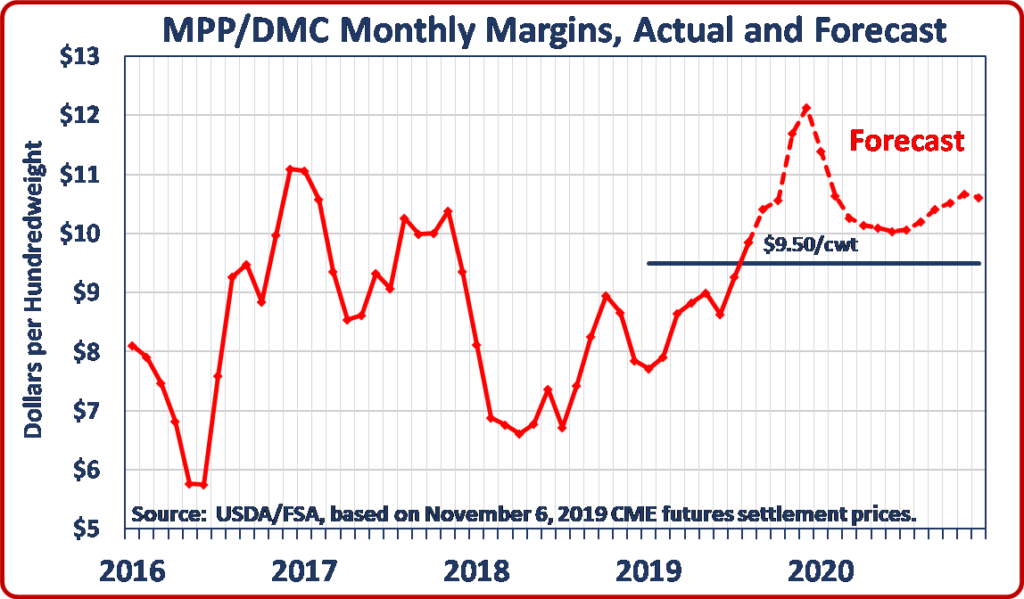NMPF was asked to present the current status of the long battle against plant-based food companies’ misleading and inappropriate use of dairy terminology on dairy substitutes and alternative at FDA’s Eastern Milk Seminar on Oct. 29.
The seminar was held from Oct. 28–30 in Madison, Wisconsin and was attended by several hundred state and federal milk regulators with additional representation from the dairy producing and processing community. The three-day seminar covered a variety of topics including a review of actions taken at the 2019 National Conference on Interstate Milk Shipments, pathogen control for dairy processing plants, farm inspections and a host of other topics.
NMPF’s Clay Detlefsen, began his presentation with the history of NMPF’s crusade against illegally labeled dairy substitutes, which began in the late 1970s. After that, he shared consumer research that clearly shows that purchasers of plant-based products are clearly confused about the nutritional inferiority of those products when compared to dairy. He then explained NMPF’s Citizen Petition and how plant-based products should be labeled and why FDA requiring plant-based food companies to follow the rules does not violate the 1st Amendment.
The audience was interested and engaged during the presentation and afterwards, Mr. Detlefsen received numerous expressions of gratitude and well wishes for the work NMPF has engaged in on this issue over the years. State officials are clearly frustrated with FDA’s lack of enforcement of standards of identity and want FDA to take long overdue action to end the nonsense that exists in the marketplace.






